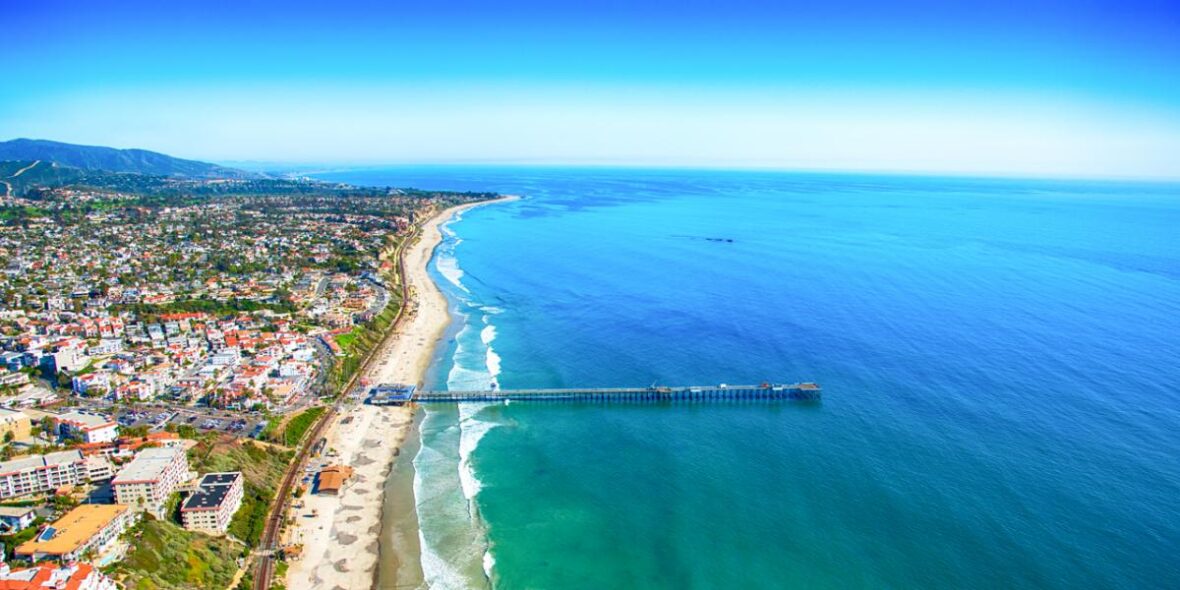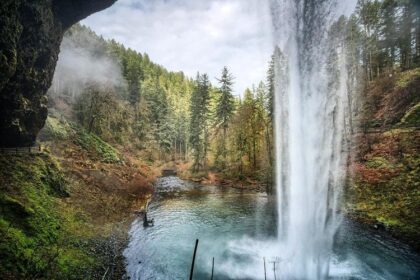San Clemente is a coastal city in Orange County, California, United States. Take a look below for 15 fascinating and interesting facts about San Clemente, California, United States.
1. The population was 63,522 in at the 2010 census.
2. Located on the California Coast, midway between Los Angeles and San Diego, the southernmost city of Orange County is known for its ocean, hill, and mountain views, a pleasant climate and its Spanish colonial-style architecture.
3. San Clemente’s city slogan is “Spanish Village by the Sea”.
4. The official city flower is the bougainvillea, and the official city tree is the coral.
5. San Clemente is also the southernmost city in the Los Angeles metropolitan area.
6. Prior to colonization by Spaniards, the area was inhabited by the Acjachemen people.
7. In 1776 Father Junípero Serra founded Mission San Juan Capistrano, and afterward the local indigenous people were dubbed “Juaneños” in Spanish. Both Native Americans and Spanish settlers established villages near the mission, and local indigenous people were conscripted to work for the mission.
8. Property rights to the land exchanged hands several times, but few ventured to build on it until 1925, when former Mayor of Seattle, Ole Hanson, an out-of-town major land developer, purchased and designed a 2,000-acre (8.1 km2) community with the financial help of a syndicate headed by Hamilton Cotton.
9. Hanson believed the area’s pleasant climate, beautiful beaches, and fertile soil would serve as a haven to Californians tired of “the big city.” He named the city after San Clemente Island, which in turn was named by the explorer Sebastián Vizcaino in 1602 after Saint Clement.
10. Hanson envisioned it as a Mediterranean-style coastal resort town, his “San Clemente by the Sea.” He had a clause added to the deeds requiring all building plans to be submitted to an architectural review board in an effort to ensure future development would retain red tile roofs and white exteriors. This proved to be short-lived; an eclectic mix of building styles is found in the oldest parts of town.
11. Hanson succeeded in promoting the new area and selling property. He built public structures such as the Beach Club, the community center, the pier and San Clemente Plaza, now known as Max Berg Plaza Park. The area was officially incorporated as a city on February 27, 1928, with a council-manager government.
12. Referring to the way he would develop the city, Hanson proclaimed, “I have a clean canvas and I am determined to paint a clean picture. Think of it – a canvas five miles long and one and one-half miles wide!… My San Clemente by the Sea.”
13. Soon after San Clemente was incorporated, the need for a fire station was realized. The headlines in San Clemente’s first newspaper, El Heraldo de San Clemente June 1928 read: “Building to house local fire department will be constructed by popular subscription and turned over to the city when completed!” Individual subscriptions were received in the amounts from $6.00 to $1,500.00 from the citizenry.
14. Casa Romantica is one of the most historic places in San Clemente and is well known to its residents. When Ole Hanson came to San Clemente and decided to develop the city he moved into his epitome of the perfect house which was called Casa Romantica. Hansen owned Casa Romantica up until the Great Depression hit and the Bank of America foreclosed on the property. Today the home is owned by the city and is used as a cultural center. It is also open to rent for private events like weddings. Casa Romantica is located above the San Clemente Pier station and overlooks the San Clemente coastline.
15. In 1969, President Richard Nixon bought part of the H. H. Cotton estate, one of the original homes built by one of Hanson’s partners. Nixon called it “La Casa Pacifica” and was nicknamed the “Western White House,” a term for a President’s vacation home. It sits above one of the West Coast’s premier surfing spots, Trestles, and just north of historic surfing beach San Onofre. Many world leaders visited the home during Nixon’s tenure, including Soviet general secretary Leonid Brezhnev, Mexican President Gustavo Díaz Ordaz, Prime Minister of Japan Eisaku Satō, Henry Kissinger, and businessman Bebe Rebozo. After his resignation, Nixon retired to San Clemente to write his memoirs. He sold the home in 1980 and moved to New York City. The property also has historical ties to the Democratic side of the aisle; prior to Nixon’s tenure at the estate, H. H. Cotton was known to host Franklin D. Roosevelt, who would visit to play cards in a small outbuilding overlooking the Pacific Ocean.




